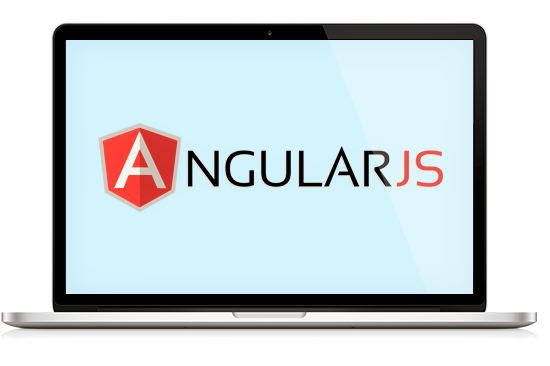Introducing To Angular and Why Angular ?
About Angular
Our expectations of what we can perform at the net (and by using internet here, I suggest both computing device as well as the mobile web) has accelerated to the point where what used to be full-fledged native computing device applications are run on the browser.
Web packages now resemble laptop native programs in scope and complexity, which additionally outcomes in delivered complexity as a developer. Furthermore, Single-Page Applications (SPAs) have come to be a very not unusual desire in constructing out frontend experiences, as they permit for extremely good patron stories in terms of pace and responsiveness.
Once the preliminary application has loaded into a patron’s browser, further interactions simplest have to worry about loading the additional statistics needed, without reloading the whole page as became the norm with server-side rendered pages of the past. AngularJS changed into commenced to first bring structure and consistency to single-page web software development, at the same time as providing a way to quickly broaden scalable and maintainable web programs.
In the time since it became released, the web and browsers have moved forward using leaps and bounds, and some of the issues that AngularJS was solving weren’t as applicable anymore. Angular then was a new rewritten version of the framework, constructed for the new-age web. Angular Certification
It leveraged quite a few the more modern advances, from modules to internet additives, while improving the existing features of AngularJS, like dependency injection and templating.
Why Angular
Angular as a framework presents a few enormous blessings even as also supplying a not unusual shape for builders on a group to paintings with. It lets us develop huge programs in a maintainable manner. We will dig into each such an in extra detail inside the following chapters:
Custom components
Angular permits you to build your declarative components that could pack functionality at the side of its rendering common sense into bite-sized, reusable pieces. It also plays nicely with net components.
Data binding
Angular permits you to seamlessly pass your information from your middle JavaScript code to the view, and react to view events while not having to put in writing the glue code yourself.
Dependency injection
Angular permits you to jot down modular services, and feature them injected wherever they’re needed. This significantly improves the testability and reusability of the same.
Testing
Tests are first-class citizens, and Angular has been built from the ground up with testability in mind. You can (and should!) take a look at every part of your software.
Comprehensive
Angular is a full-fledged framework, and gives out-of-the-box solutions for server communication, routing inside your utility, and more.
Angular as a framework has followed semantic versioning for all new releases. Furthermore, the middle crew has a competitive roadmap, with a new essential release planned every six months.
Thus, what began off as Angular 2 is now called just Angular, seeing that we don’t want to call them Angular 2, Angular 4, Angular 5, and so on.
That said, not like AngularJS to Angular, upgrading between versions of Angular (say 2 to 4,or 6 etc.) is an incremental step, and extra often than not a nearly trivial upgrade. So you don’t want to worry about having to do a major upgrade every few months with drastic code changes. Follow for more at AngularJS Online Training
#angular #angulajs #javascript #angular2 #angular6
